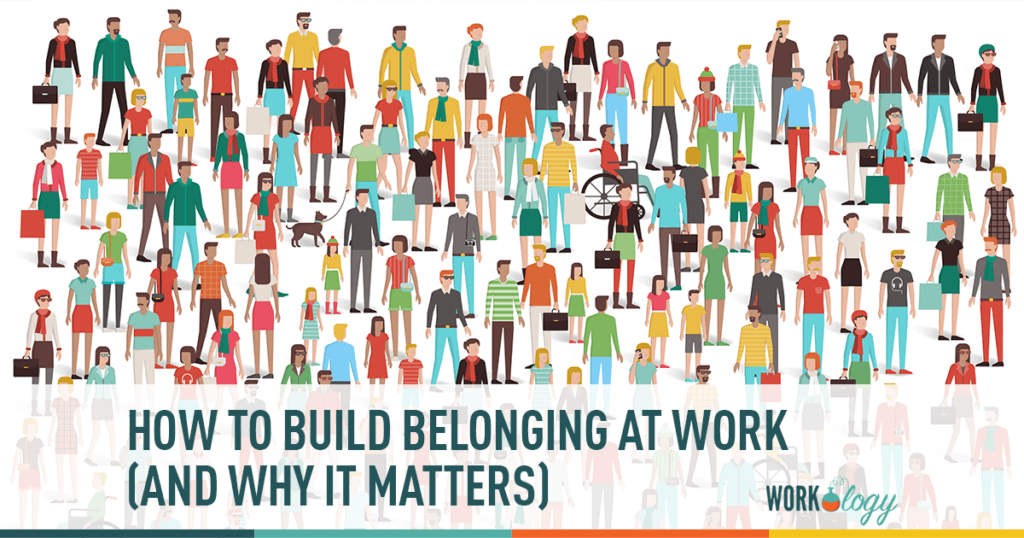How to build belonging at work (and why it matters)
At some point in our lives, we’ve all been in a situation where we felt we didn’t belong. Perhaps it was that birthday party of a friend of a friend where you just couldn’t find anything in common. Maybe you were underdressed (or overdressed) for a professional conference. When faced with these types of situations and the uncomfortable feelings they bring up, we typically try to leave.
However, what if the place you felt you don’t belong is the place you have to be for eight or nine hours a day; Monday through Friday?
When employees feel like they don’t belong at work, their performance and their personal lives suffer. Creating feelings of belonging for all employees is one of the best things you can do to improve employee engagement, performance, and help support business goals.
What is belonging?
Before diving into how to create feelings of belonging, let’s agree on what it means. Belonging is defined as the feeling of security and support when there is a sense of acceptance, inclusion, and identity for a member of a certain group or place.
In order for people to feel like they belong, the environment (in this case the workplace) needs to be set up to be a diverse and inclusive place. Diversity in the workplace is about the mix of different people at a company, whereas inclusion deals with whether or not people feel a sense of belonging, feel heard, and have a safe space to express themselves authentically.
All three of these concepts: belonging, diversity, and inclusion, are inextricably linked and need to coexist to create the best employee experience possible.
Why does belonging matter at work?
Culture Amp survey data shows that factors relating to belonging, communication, and decision making are found to be strong drivers of employee engagement. Employee engagement represents the levels of enthusiasm and connection employees have with their organization. It’s a measure of how motivated people are to put in extra effort for their organization, and a sign of how committed they are to staying there.
A feeling of belonging at a company has the strongest relationship to engagement. This means that belonging has a high correlation to business outcomes like productivity and retention.
Another important finding to note is that the correlation between belonging and engagement is higher for historically underrepresented groups. On top of that, we know that the workforce is becoming more diverse. As this trend continues, it brings with it more unique perspectives, ideas, and potential for innovation.
However, none of this can happen if people feel they don’t belong. It’s only when people feel a sense of belonging that they can share ideas, confidently speak up, and fully contribute.
Building belonging at your company
In order to build a sense of belonging among employees at your company, you must first embrace and put into practice a commitment to diversity and inclusion. There is no checklist for creating a diverse and inclusive company, but starting with getting executive-level support is often an important first step. Just as building company culture isn’t an HR-only initiative, creating a diverse and inclusive company where people feel they belong is a company-wide effort.
One way to get a baseline to understand whether or not people feel like they belong at your company is to use a diversity and inclusion survey. Just like any workplace survey (say employee engagement, for example) using a diversity and inclusion survey is the beginning of a conversation. This type of survey provides invaluable guidance on how to move forward creating a diverse and inclusive company where all types of people can belong.
More Great Resource









